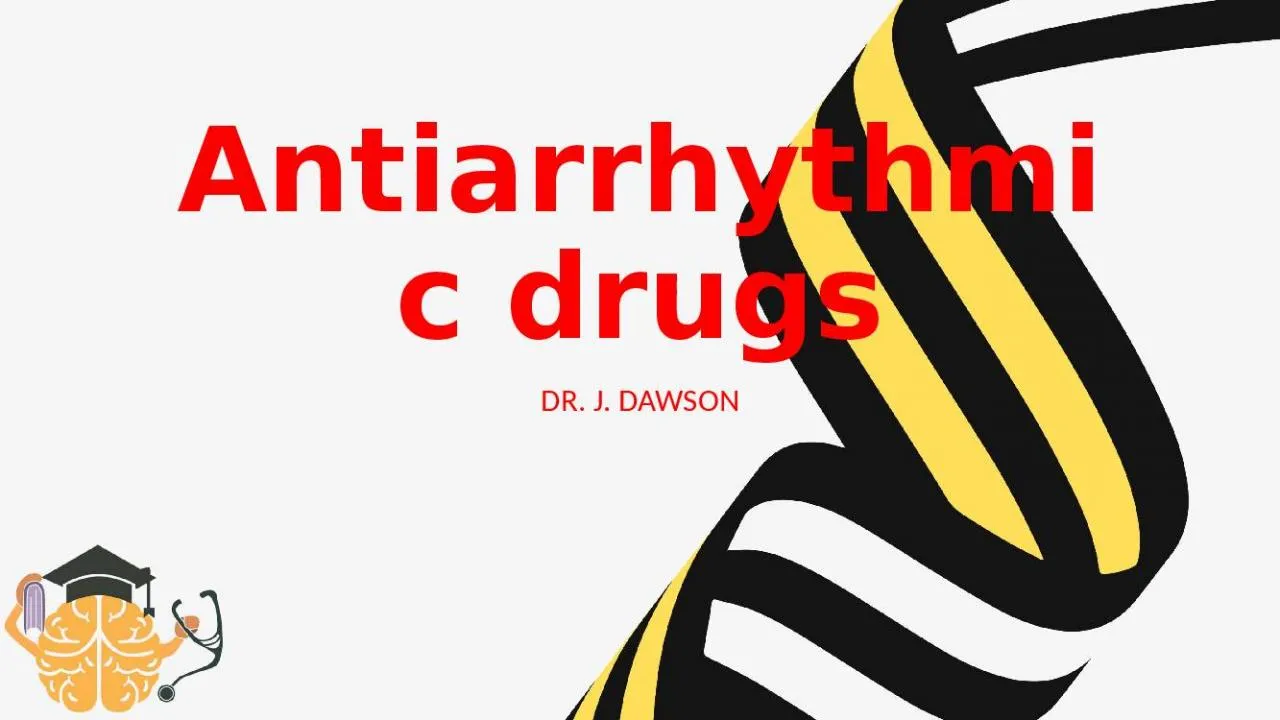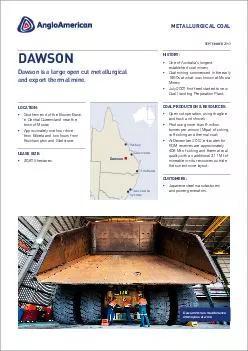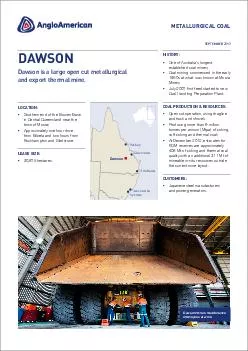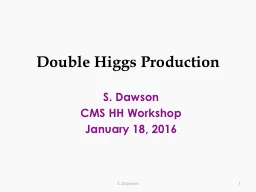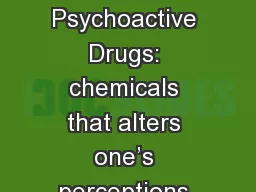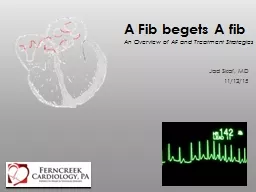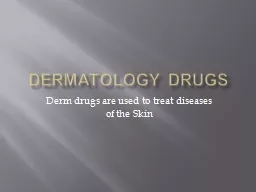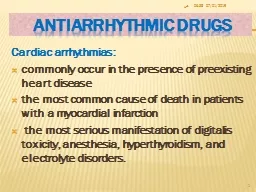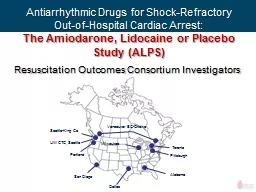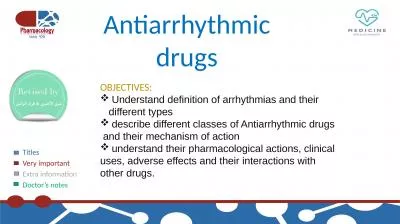PPT-Antiarrhythmic drugs DR. J. DAWSON
Author : elise | Published Date : 2022-02-16
P axis normal P waves positive in I and aVF Rate lt60 bpm marked sinus bradycardia lt50 bpm May be seen in normal adults particularly athletes and in elderly
Presentation Embed Code
Download Presentation
Download Presentation The PPT/PDF document "Antiarrhythmic drugs DR. J. DAWSON" is the property of its rightful owner. Permission is granted to download and print the materials on this website for personal, non-commercial use only, and to display it on your personal computer provided you do not modify the materials and that you retain all copyright notices contained in the materials. By downloading content from our website, you accept the terms of this agreement.
Antiarrhythmic drugs DR. J. DAWSON: Transcript
Download Rules Of Document
"Antiarrhythmic drugs DR. J. DAWSON"The content belongs to its owner. You may download and print it for personal use, without modification, and keep all copyright notices. By downloading, you agree to these terms.
Related Documents

